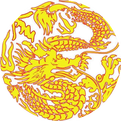
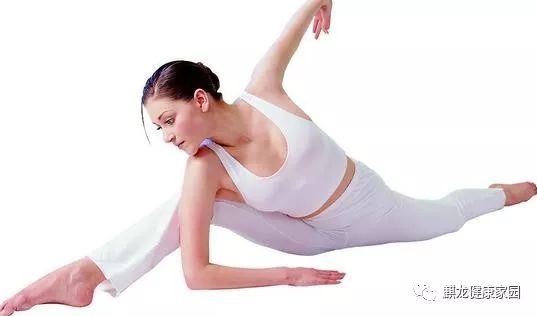
Local observation diagnosis also includes the observation of the body, limbs, and skin.
Observation of the Body
The observation of the body includes the examination of the neck, chest, abdomen, waist, back, and the anterior and posterior genital areas.
1. Observation of the Neck: The neck connects the head and the trunk, with the front part referred to as the neck and the back part as the nape. The observation of the neck should pay attention to its shape and dynamic changes.
① Shape Changes: If there are swellings or lumps in the area under the jaw that move with swallowing, have unchanged skin color, are painless, persistent, and do not ulcerate, it is called goiter, commonly known as “big neck.” If there are lumps on the side of the neck that resemble beads, with unchanged skin color and initial pain, it is called lymphadenitis.
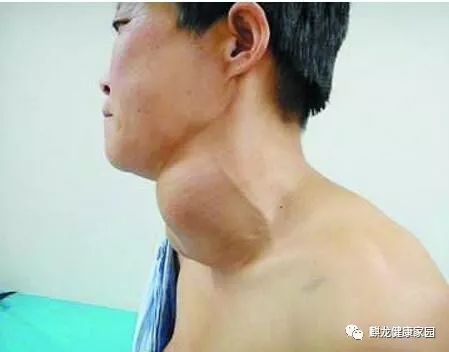
② Dynamic Changes: If the neck is weak and lacks strength, it is called neck weakness. If the neck is stiff and straight, with difficulty bending forward or turning sideways, it is called neck stiffness. If the neck is stiff upon waking, it is called “wry neck.” Stiffness and arching of the neck are often due to internal liver wind.
2. Observation of the Chest: The chest is defined as the area above the diaphragm and below the clavicle. The observation of the chest should focus on shape changes.
In a normal person, the chest is symmetrical and moves freely during breathing. If a child’s chest protrudes forward and outward, becoming deformed, it is called pigeon chest, often due to congenital insufficiency or postnatal imbalance, leading to inadequate nourishment of the bones. If the chest appears barrel-shaped, with cough, wheezing, and emaciation, it is caused by wind, phlegm, and heat obstructing lung qi. Patients may experience fullness between the ribs, with pain upon coughing, commonly seen in the condition of “suspended fluid” due to fluid accumulation in the chest and hypochondrium. If there are hard lumps protruding from the ribs, resembling beads, it is rickets, caused by insufficient kidney essence, leading to weak and deformed bones. Local redness and swelling of the breasts, even ulceration with pus, is called breast abscess, often due to liver qi stagnation, leading to obstruction of milk flow.
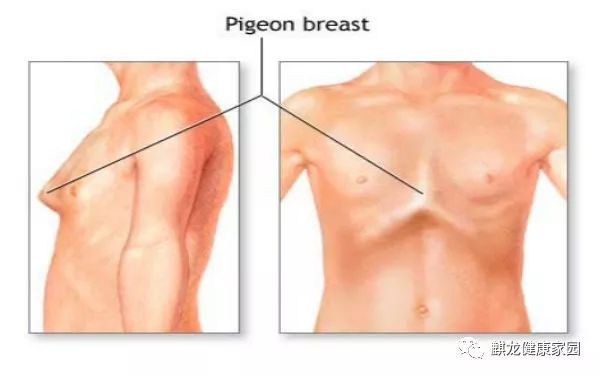
3. Observation of the Abdomen: The abdomen is defined as the area below the diaphragm and above the pelvis. The observation of the abdomen mainly examines changes in its shape.
If the abdominal skin is tense and distended like a drum, it is called distension. If the abdomen is elevated in both standing and lying positions and is soft to the touch, it is called qi distension. If the abdomen is distended when standing but flat when lying down, it is called water distension.
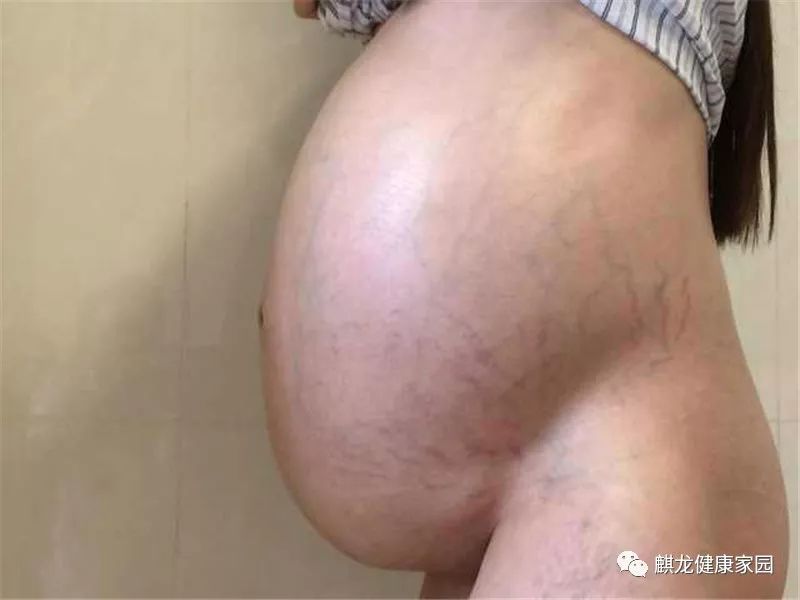
If the abdomen is sunken like a boat, it is called abdominal sinking, commonly seen in chronic illness, indicating severe deficiency of spleen and stomach qi, or loss of yin fluids in new illnesses. If an infant has a mass protruding from the navel with shiny skin, it is called umbilical protrusion, also known as umbilical hernia.
4. Observation of the Back: The back is defined as the posterior part of the trunk from the nape to the waist. The observation of the back mainly focuses on changes in its shape.
If the spine protrudes backward, causing the back to bulge, it is called hunchback, often due to congenital insufficiency in childhood and inadequate nourishment leading to bone loss. If the patient has neck stiffness and the waist bends forward, resembling a bow, it is called “bowing posture,” commonly seen in tetanus or spasms. Abscesses, sores, and toxic lesions occurring on the back are collectively referred to as “back lesions,” often due to fire toxin stagnating in the muscles.
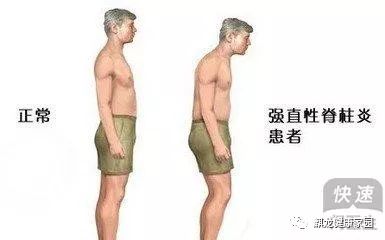
5. Observation of the Waist: The waist is defined as the posterior part of the trunk below the ribs and above the iliac crest. The observation of the waist mainly focuses on changes in its shape.
If there is pain in the waist with difficulty turning, it is called waist stiffness, which may be due to external invasion of cold and dampness, obstruction of qi, or trauma leading to blood stagnation. If there are water blisters on the skin of the waist, clustered like beads, it is called “waist fire blister.”
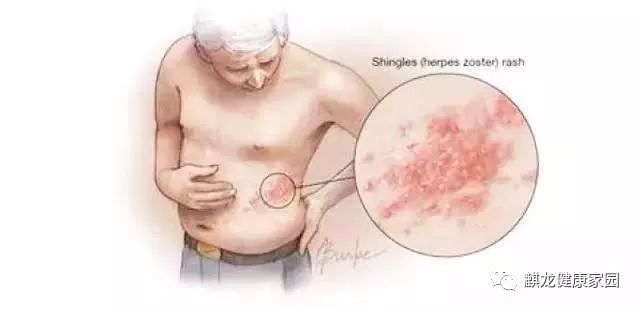
6. Observation of the Anterior Genital Area: The anterior genital area, also known as “lower yin,” refers to the external genitalia and urethra of both genders. The anterior genital area has reproductive and urination functions.
① Scrotum: If the scrotum is enlarged, painless, and the skin is transparent, it is called hydrocele. If the scrotum is enlarged, painful, and not hard, it is called inguinal hernia. If there is a mass in the scrotum that retracts into the abdomen when lying down and descends when standing, it is called fox hernia.
② Penis: If the penis is soft and retracts into the abdomen, it is called penile retraction, caused by deficiency of yang qi or external cold condensing the meridians. If the penis has hard lumps, ulcerates, and discharges pus, it is often seen in syphilis or external attack leading to ulceration.
③ Female Genitalia: If there is a protrusion in the vagina resembling a pear, it is called vaginal prolapse, caused by insufficient middle qi, postpartum fatigue, and weakness in lifting, leading to the uterus descending outside the vagina.
7. Observation of the Posterior Genital Area: The posterior genital area refers to the anus, also known as “po gate,” which has the function of defecation. The observation of the posterior genital area should pay attention to prolapse, hemorrhoids, and anal fissures.
Prolapse of the rectum outside the anus is called rectal prolapse. If there are protrusions around the anus with pain and bleeding during defecation, it is called hemorrhoids; those occurring outside the anus are called external hemorrhoids, while those inside are called internal hemorrhoids; if both are present, it is called mixed hemorrhoids. If hemorrhoids ulcerate and do not heal for a long time, leading to the formation of a fistula around the anus, it is called anal fistula. If there is a fissure in the anus with pain and bleeding during defecation, it is called anal fissure.
Observation of the Limbs
The limbs refer to the two lower limbs and two upper limbs. The observation of the limbs mainly examines the shape and color changes of the hands, feet, wrists, and fingers.
1. Observation of the Hands and Feet: If the hands and feet are stiff and difficult to flex, it is often due to cold condensing the meridians. If they are flexed but cannot be extended, it indicates tendon spasms; if they are extended but cannot be flexed, it indicates joint stiffness. Hand and foot spasms are often seen in conditions of excessive heat and internal wind; if the hands and feet tremble, it indicates deficiency of both qi and blood, leading to internal wind.
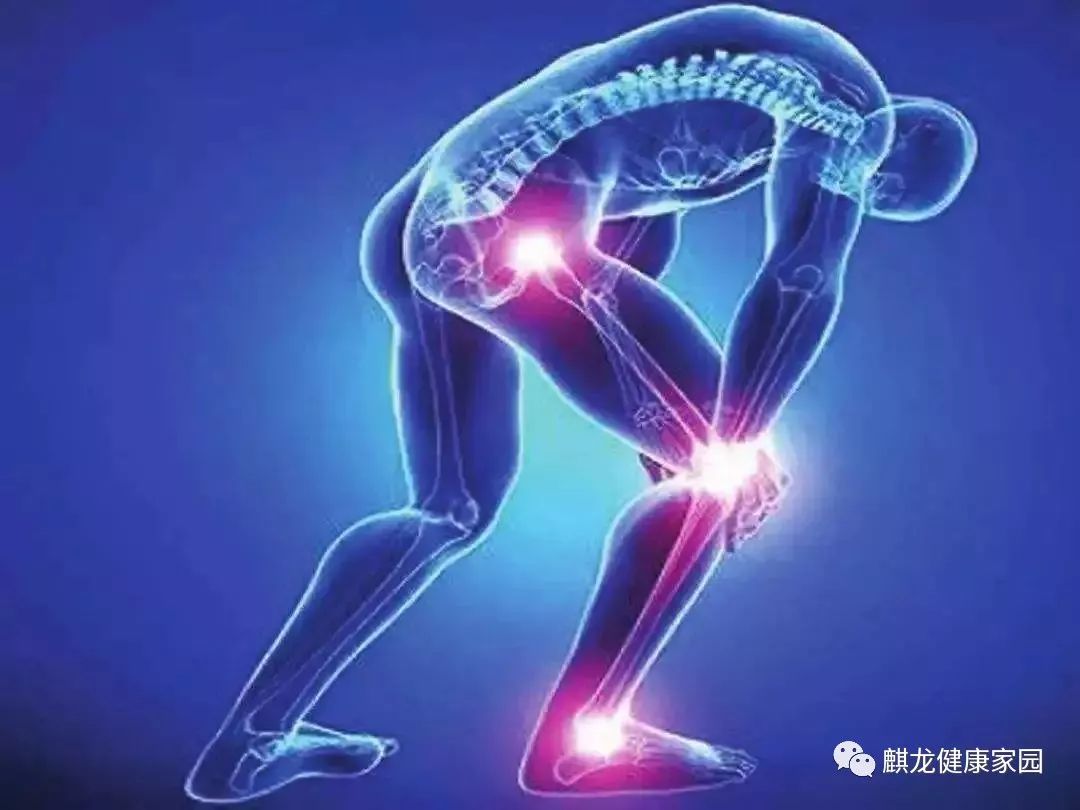
Muscle atrophy in the limbs is often due to deficiency of spleen qi and insufficient nourishment of the limbs. Hemiplegia is a paralysis condition. If the feet are weak and unable to walk, it is called lower limb weakness. If the shins or ankles swell and leave a mark when pressed, it indicates edema. If the feet and knees are swollen while the thighs and shins are emaciated, it is called “crane knee wind.”
2. Observation of the Palms and Wrists: If the skin on the palms is dry and cracked, painful, and has peeling, it is called “goose palm wind.”
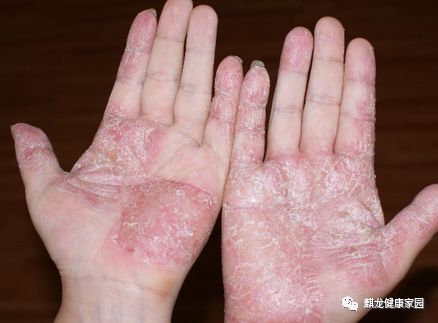
3. Observation of the Fingers and Toes: If the fingers are spasmodic and cannot be straightened, it is called “chicken claw wind.” If the joints of the fingers and toes are swollen and deformed, with difficulty flexing and extending, it is often due to long-standing rheumatism or deficiency of liver and kidney. If the skin on the toes is purple-black, ulcerated, and has a foul odor, it is called “gangrene.”
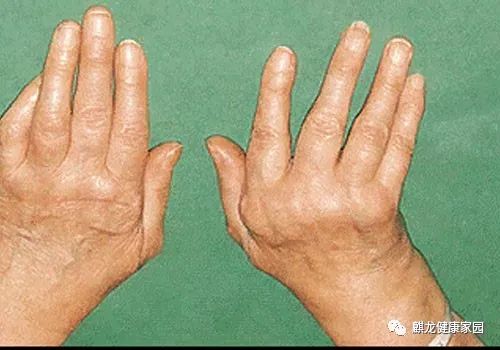
Observation of the Skin
The observation of the skin should focus on changes in color and morphology.
1. Color
The color of the skin can also reflect the five colors, and the five-color diagnosis applies to skin observation. Commonly seen and significant clinical manifestations include redness and yellowness.
① Redness of the skin, where the skin suddenly turns red, resembling being dyed, is called “erysipelas.” It can occur on any part of the body, initially appearing bright red like a cloud, often moving and can spread extensively. If it occurs on the head, it is called “head fire erysipelas;” if on the trunk, it is called “erysipelas;” if on the ankles, it is called “flowing fire.” Different names arise from different locations, colors, and causes, but all erysipelas are attributed to excessive heart fire combined with wind-heat toxins.
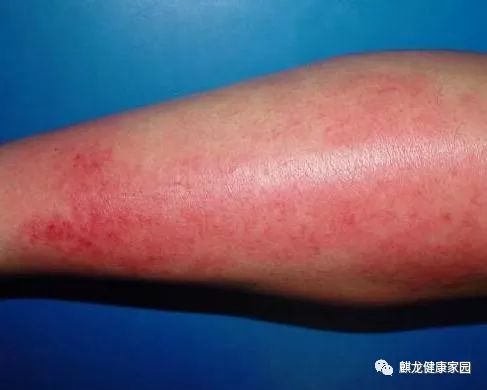
② Yellowing of the skin, face, and nails indicates jaundice. It is divided into two main categories: yang jaundice and yin jaundice. Yang jaundice appears bright yellow like orange, often due to damp-heat in the spleen and stomach or liver and gallbladder. Yin jaundice appears dark yellow like smoke, often due to cold-dampness obstructing the spleen and stomach.
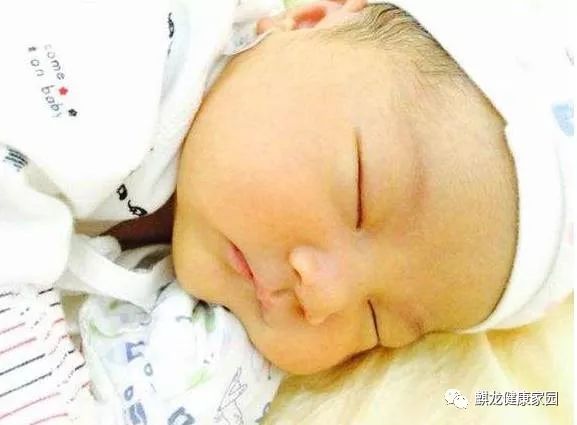
2. Morphology
① If the skin is swollen and leaves an imprint when pressed, it often indicates excessive water retention. If the skin is dry and shriveled, it often indicates depletion of body fluids or essence, with dry and rough skin resembling scales, called “scaly skin.” This is often due to blood stasis, leading to insufficient nourishment of the skin.
② Pox: Skin eruptions resembling beans are called pox. They are often accompanied by external symptoms, including smallpox and chickenpox.
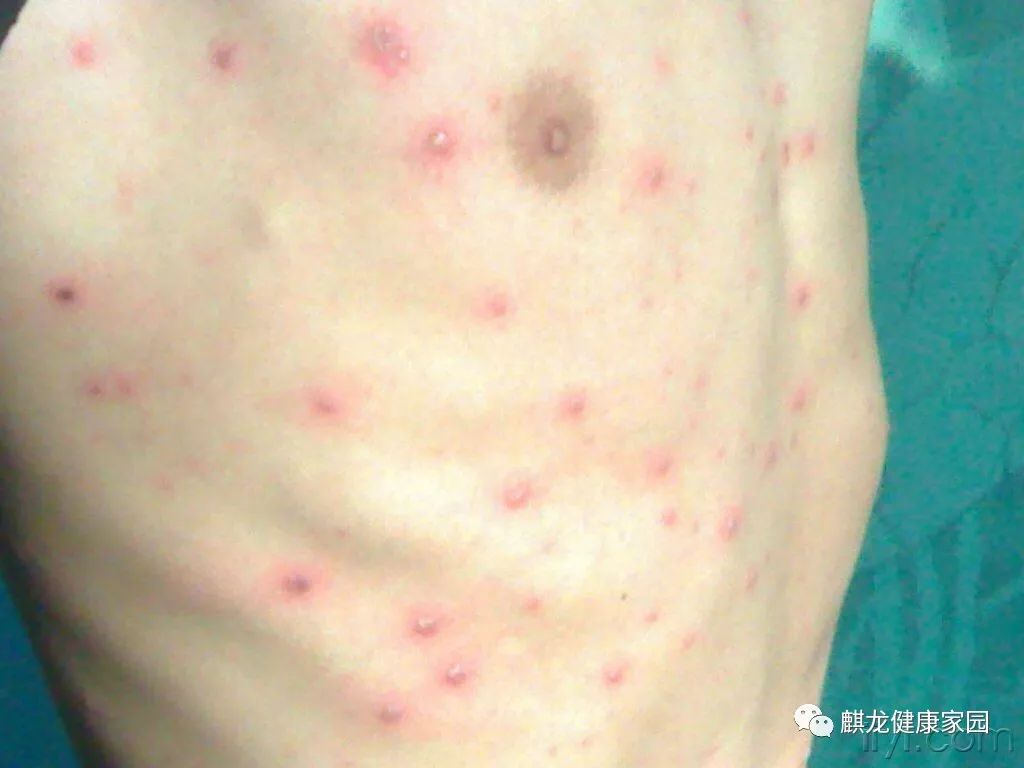
③ Rashes: Rashes are skin lesions that occur during the disease process. Rashes are red, large spots that are flat against the skin and cannot be felt when touched. Due to different pathogenesis, rashes can be classified into yang rashes and yin rashes. Eruptions resembling chestnuts, red and raised, are called “eruptions,” which can be classified into measles, rubella, and hidden rashes based on different causes.
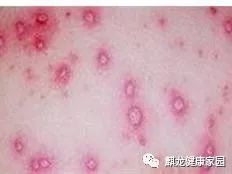
④ White spots and blisters: White spots and blisters are both elevated skin lesions, with blisters containing fluid, while white spots are small papules.
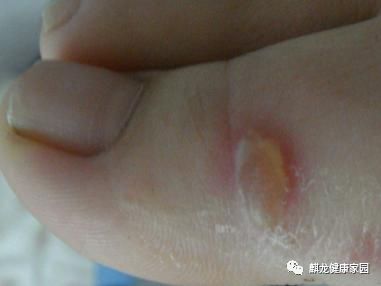
⑤ Abscesses, sores, boils, and furuncles: All are visible skin lesions that can be diagnosed externally. The differences are:
If the affected area is large, red, swollen, hot, and painful with a tight base, it is called an abscess. If it is diffuse swelling without a head, flat at the base, with unchanged skin color, and less pain, it is called a sore. If it is small, initially resembling a grain, with a hard base, numbness or itching, and later turns white and painful, it is called a boil. If it occurs superficially, small and round, with mild redness, swelling, and pain, and easily forms pus, it is called a furuncle.

(All images and texts are sourced from the internet)
(Note: The content regarding diagnosis and treatment methods is provided for readers to understand TCM theoretical knowledge. Treatment methods are complex and variable; self-diagnosis and medication are not recommended. If you have similar symptoms, please seek professional medical help.)
Recommended Reading: Jinlongdai Can Connect and Cup is Grandly Launched

